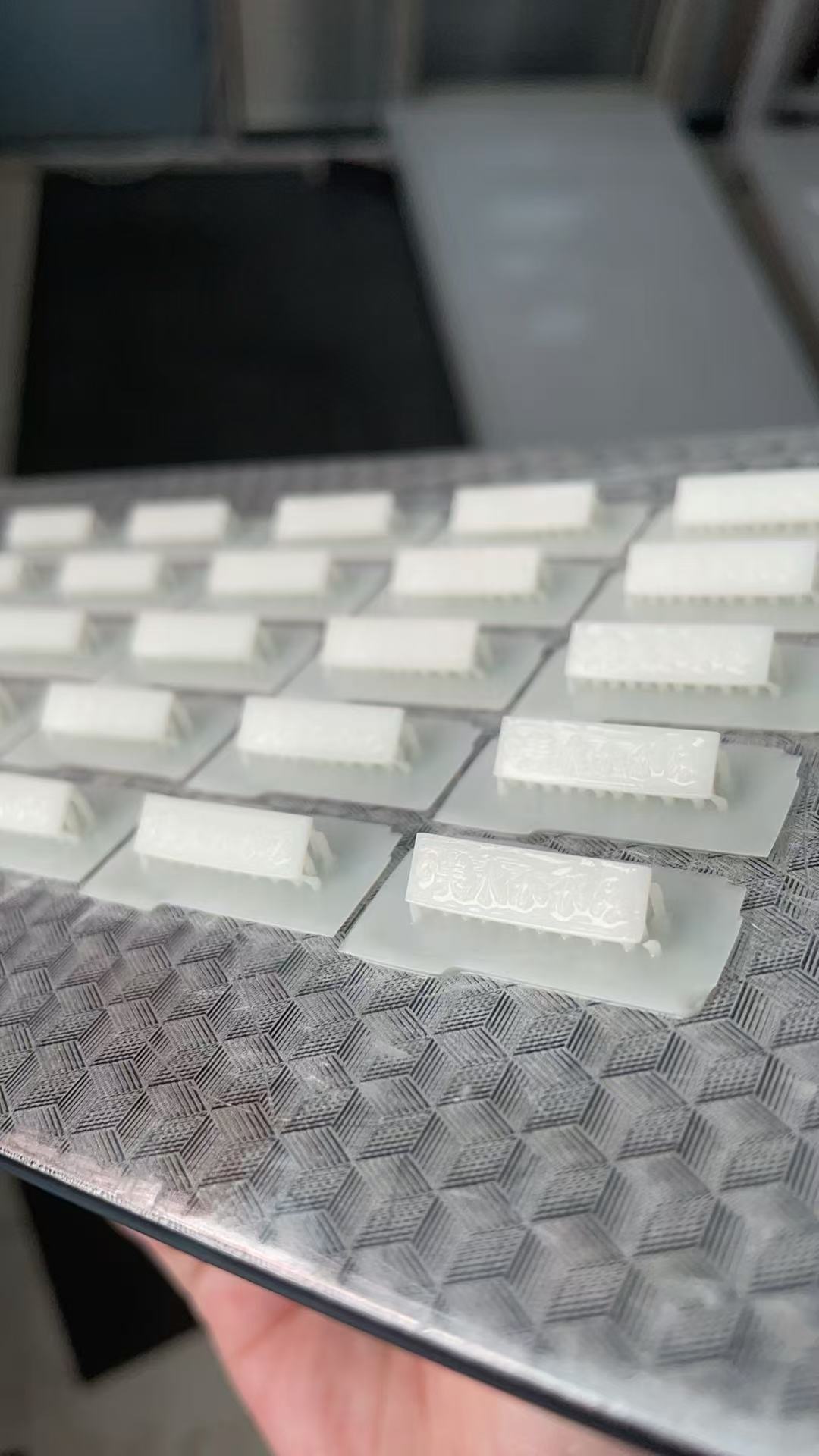Why “cheap” resins are cheap
They cut corners in four places—raw materials, additives, process control, and quality assurance—so the finished product contains far
higher levels of uncured monomers, organic solvents, plasticizers, heavy metals, and other hazardous residues than reputable brands.
Main health effects can be grouped into five categories, and a clear dose-response relationship applies: the cheaper the resin, the smaller the
workspace, and the longer the exposure, the greater the risk.
1. Acute irritation & sensitization
• Skin contact with incompletely cured acrylate or epoxy monomers can produce erythema, itching, blisters, or chemical burns within minutes.
• Amine or anhydride hardener vapors irritate eyes and airways, causing tearing, coughing, and chest tightness almost immediately.
• Susceptible individuals may develop allergic contact dermatitis after first exposure; later, even trace amounts can trigger relapse.
2. Chronic toxicity—liver, kidney, nerve, and hematopoietic systems
• Cheap resins often contain benzene, formaldehyde, xylene, and other VOCs. Chronic low-level inhalation starts with dizziness and fatigue
and can progress to elevated liver enzymes and abnormal renal markers.
• Some halogenated solvents depress the central nervous system, leading to drowsiness and memory loss.
• Studies show workers chronically exposed to benzene-containing resin vapors have a higher incidence of leukopenia and hemolytic anemia.
3. Endocrine & reproductive toxicity
• To save money, large amounts of phthalates and bisphenol A (BPA) are used as plasticizers or residual monomers. Both exhibit estrogenic activity;
long-term dermal or oral exposure is linked to early puberty in girls and decreased sperm quality in men.
• The U.S. EPA has classified certain acrylate monomers (e.g., ACMO) as reproductive toxicants, yet cheap photopolymer resins rarely disclose their levels.
4. Carcinogenic potential
• Inferior polyester or PVC resins can thermally or photo-chemically degrade to release styrene, vinyl chloride, or dioxins—Group 1 or 2B carcinogens
according to IARC. Chronic inhalation or skin absorption increases risks for nasopharyngeal carcinoma and leukemia.
• Resins with excessive formaldehyde outgas continuously in closed indoor spaces; the WHO has confirmed a causal link with nasopharyngeal cancer.
5. Amplified risk in sensitive groups
• Children who mouth resin toys or jewelry may ingest both heavy metals (lead, cadmium) and plasticizers, impairing neurodevelopment.
• Pregnant women wearing BPA-containing resin bracelets can have measurable free BPA in blood and breast milk; endocrine disruption in embryos
has been demonstrated in murine studies.
Risk-reduction strategies
1. Purchasing
• Reject any “no-brand” product lacking manufacturer details, lacking an SDS (Safety Data Sheet), or giving off a harsh odor or cloudy color.
• Prefer resins with clear REACH or FDA compliance. For example, ANTINSKY resins come with complete MSDS documentation and have passed
all relevant safety tests.
2. Handling
• Cure fully—“enough time at the right temperature”—to ensure residual monomers <0.1 %. DIY prints should be ventilated for at least 72 h before skin contact
or food use.
• Wear nitrile gloves and safety goggles; use local exhaust ventilation or a 3-D-printer-specific activated-carbon filter in home settings.
3. Monitoring
• Anyone with long-term exposure should have blood counts and liver/kidney function checked every 6–12 months. Persistent rash, dizziness, or fatigue warrants
immediate cessation of exposure and medical evaluation.
In short, “cheap” usually means safety costs were skipped.
Reputable resins are generally safe once fully cured; cheap resins, burdened with higher residues and poor quality control, can irritate skin and lungs, impair
nerves and endocrine systems, and even threaten hematopoietic health in both the short and long term.

